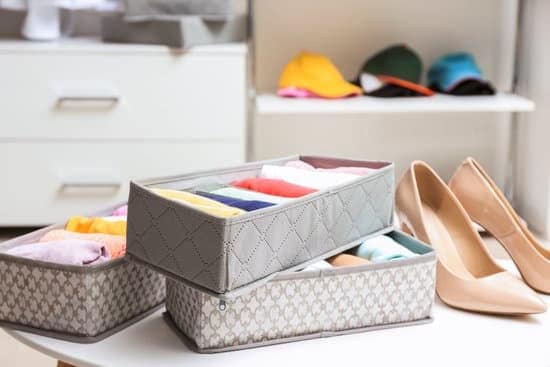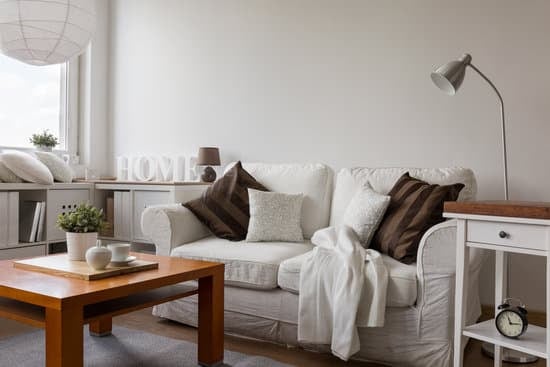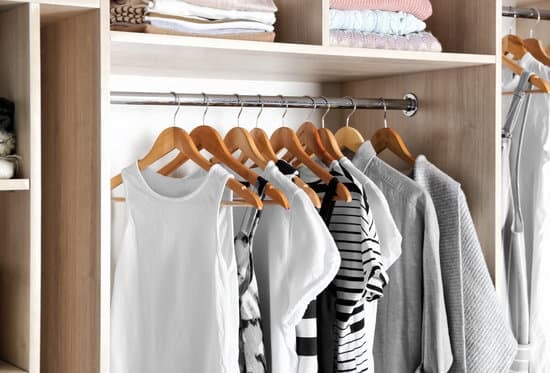Are you looking to add more storage space in your closet, but don’t have studs to hang shelves on? Don’t worry! In this article, we will guide you through the process of hanging closet shelves without studs, ensuring safety and stability. By assessing the weight and dimensions of the shelves, choosing the right anchoring method, and following step-by-step instructions, you’ll be able to securely install shelves that can hold all your clothes and accessories without compromising your walls or risking any accidents. Let’s get started!
Assessing the Weight and Dimensions of the Shelves
You’ll need to assess the weight and dimensions of the shelves before hanging them without studs. This is crucial for ensuring the safety of your closet setup. Start by evaluating the load capacity of your chosen shelves. Check the manufacturer’s specifications or labels to determine how much weight they can support. It’s important not to exceed this limit as it could lead to a disastrous collapse.
Next, consider alternative mounting options if you don’t have studs in your closet walls. Look for wall anchors that are designed to hold heavy loads securely, such as toggle bolts or molly bolts. These anchors distribute weight across a larger surface area, providing stability and strength.
Remember, compromising on safety can result in damage to your belongings or even personal injury. Take the time to evaluate load capacity and explore alternative mounting options to ensure a secure and reliable installation for your closet shelves without studs.
Choosing the Right Anchoring Method
First, decide on the appropriate anchoring method for your project. When it comes to hanging closet shelves without studs, there are a few options for anchoring in drywall.
- Toggle bolts: These sturdy anchors provide strong support and can hold heavier shelves securely in place.
- Hollow wall anchors: Ideal for lighter shelves, these anchors expand behind the drywall to distribute weight evenly.
- Self-drilling anchors: If you want a quick and easy option, self-drilling anchors can be screwed directly into the drywall without pre-drilling holes.
If you prefer alternatives to wall anchors, you can consider using adhesive hooks or brackets that attach to the sides of the closet walls. However, keep in mind that these methods may not be as secure as traditional anchor options. Remember to always follow manufacturer instructions and weight limits for each anchoring method to ensure safety and prevent damage to your walls.
Marking and Preparing the Wall
To start, it’s important to mark and prepare the wall before proceeding with the anchoring process. Safety is paramount when hanging closet shelves without studs, so make sure you have the right tools for measuring and marking. A level will help ensure your shelves are straight, while a tape measure or ruler will help you find the center of the wall. Measure twice to be certain, as accuracy is key. Once you’ve determined the center, mark it with a pencil or masking tape. This will serve as your reference point for aligning your brackets or anchors. Take your time during this step to ensure everything is properly aligned and secure before moving on to actually mounting your shelves. Remember, taking these precautions will ensure a sturdy and safe shelving installation.
Installing Wall Anchors or Toggle Bolts
Once you’ve marked and prepared the wall, it’s time to install either wall anchors or toggle bolts for a secure shelving installation. Here are four important points to consider:
- Benefits of using wall anchors for hanging shelves: Wall anchors provide stability and support, ensuring that your closet shelves stay securely in place. They distribute the weight evenly across the wall, preventing any potential damage.
- Common mistakes to avoid when using toggle bolts for closet shelves: Toggle bolts can be a great option, but they require careful installation. Avoid overtightening them, as this can strip the threads or cause the bolt to break. Also, make sure you choose the right size toggle bolt for your shelf thickness and weight capacity.
Remember, safety is paramount when installing closet shelves without studs. By following these tips and utilizing wall anchors or toggle bolts correctly, you can enjoy sturdy and functional storage space while keeping your belongings safe from accidents.
Securing and Leveling the Shelves
Securing and leveling the shelves is crucial for maintaining stability and ensuring a balanced storage space. When installing closet shelves without studs, it’s important to use proper shelf installation techniques to prevent accidents and keep your belongings safe. One alternative hanging method is using wall anchors or toggle bolts, as mentioned in the previous subtopic. These provide additional support by anchoring the shelves securely to the drywall. To ensure stability, make sure to distribute weight evenly across the shelves and avoid overloading them. Additionally, you can use adjustable shelf brackets to customize the height of the shelves according to your needs. Remember to check for any signs of sagging or tilting regularly and tighten any loose screws or brackets promptly. By following these steps, you can enjoy a secure and organized closet space without compromising safety.
Conclusion
In conclusion, by following these steps, you can successfully hang closet shelves without studs. Remember to assess the weight and dimensions of the shelves before choosing the right anchoring method. Mark and prepare the wall accordingly, then install either wall anchors or toggle bolts for secure support. Finally, take the time to secure and level the shelves to ensure stability. With a little patience and effort, you’ll have functional and organized closet shelves in no time.






